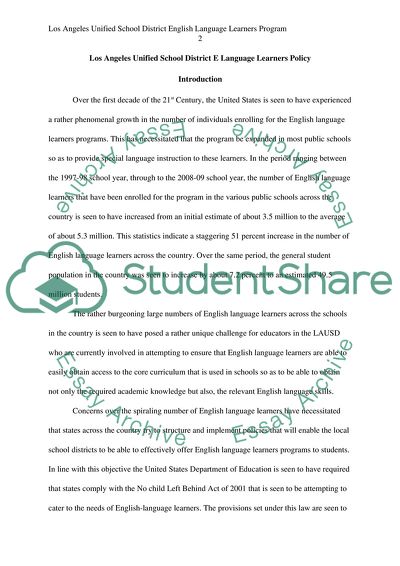Cite this document
(English Language Learners Across the Schools in the USA Case Study Example | Topics and Well Written Essays - 2000 words, n.d.)
English Language Learners Across the Schools in the USA Case Study Example | Topics and Well Written Essays - 2000 words. https://studentshare.org/education/1811401-language-policy
English Language Learners Across the Schools in the USA Case Study Example | Topics and Well Written Essays - 2000 words. https://studentshare.org/education/1811401-language-policy
(English Language Learners Across the Schools in the USA Case Study Example | Topics and Well Written Essays - 2000 Words)
English Language Learners Across the Schools in the USA Case Study Example | Topics and Well Written Essays - 2000 Words. https://studentshare.org/education/1811401-language-policy.
English Language Learners Across the Schools in the USA Case Study Example | Topics and Well Written Essays - 2000 Words. https://studentshare.org/education/1811401-language-policy.
“English Language Learners Across the Schools in the USA Case Study Example | Topics and Well Written Essays - 2000 Words”. https://studentshare.org/education/1811401-language-policy.


